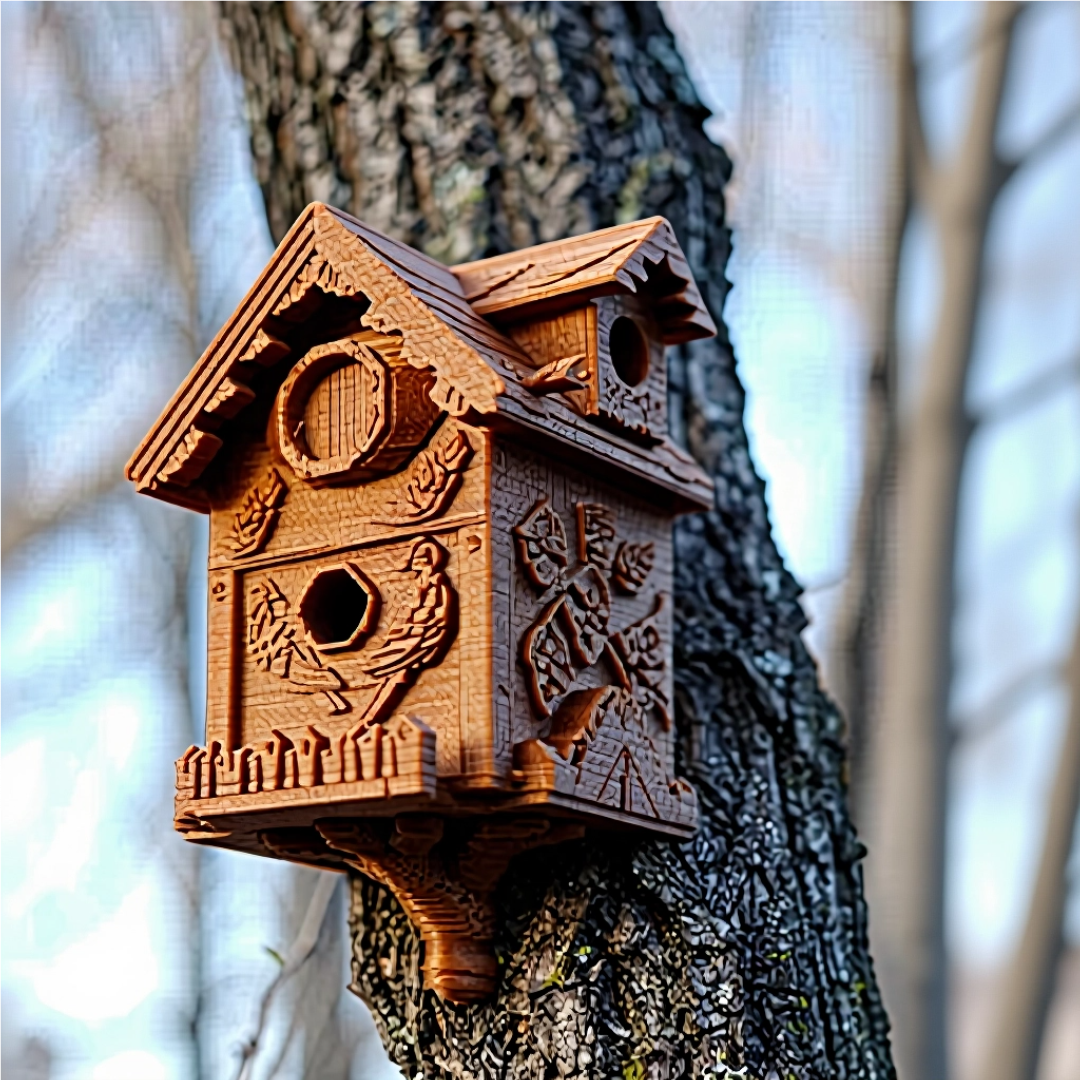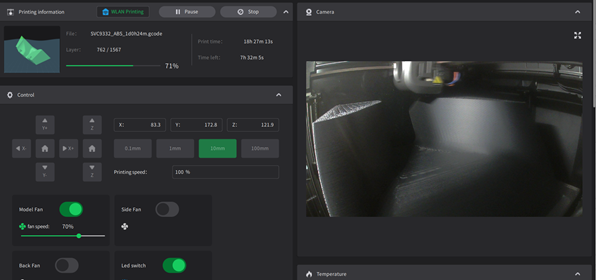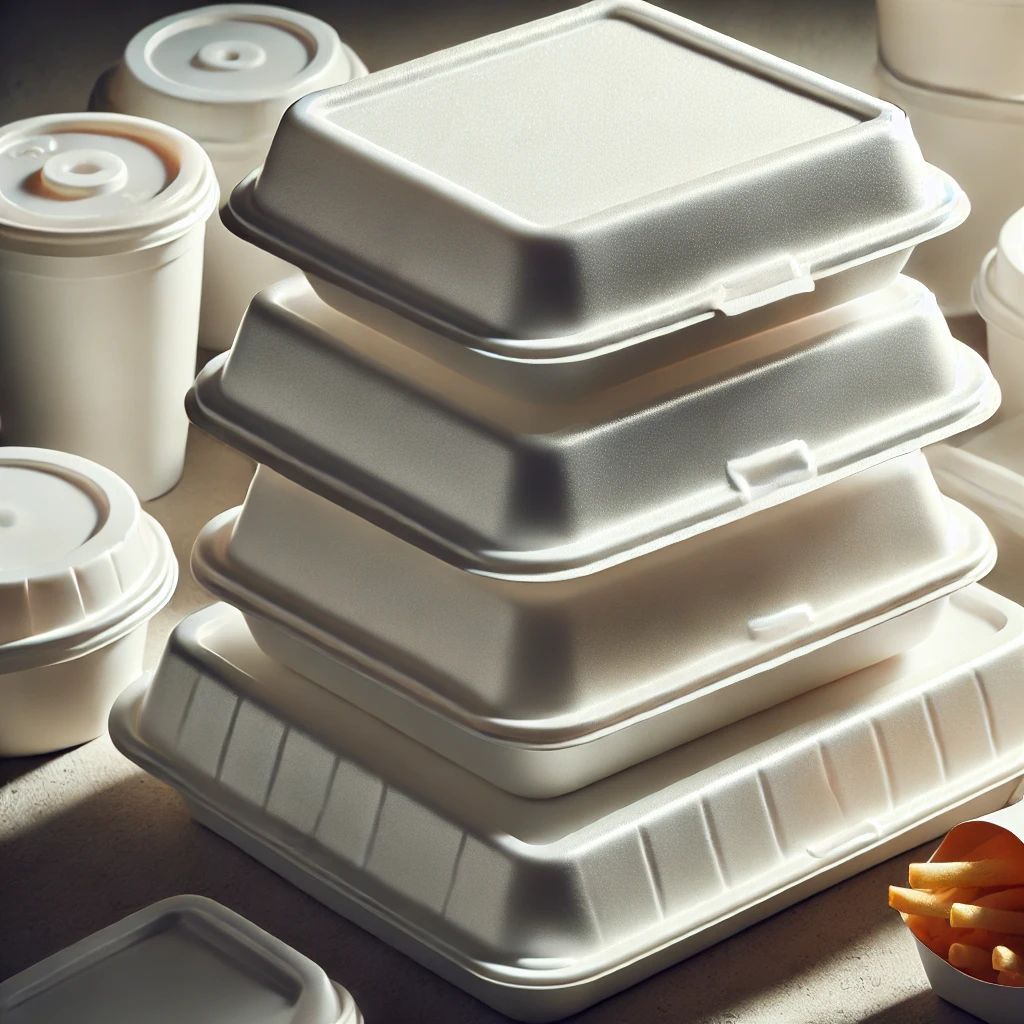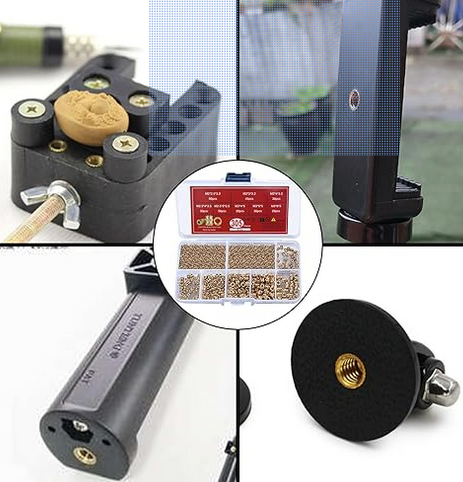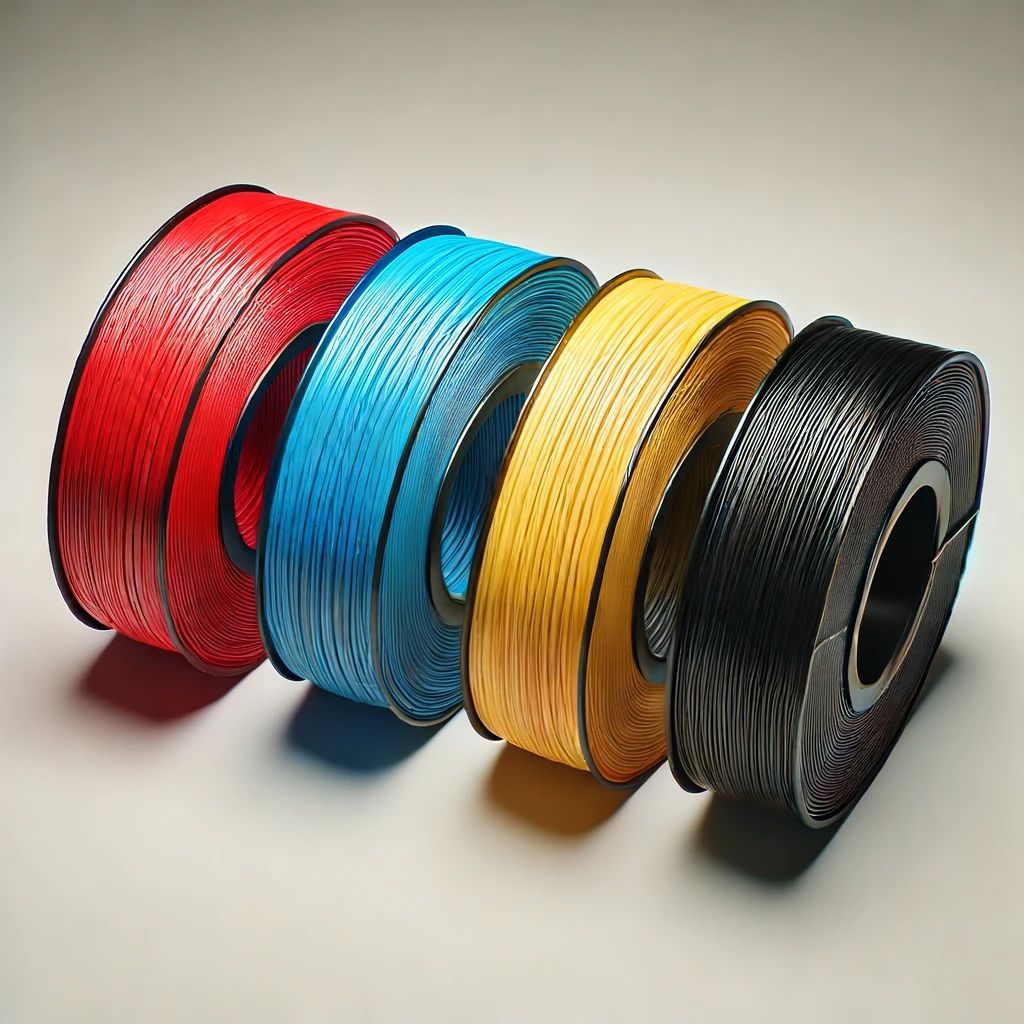Castable Resin
When to use this material:
- When you intend to do investment casting or lost‑wax casting (jewellery, small metal parts)
- For patterns that must burn out cleanly, leaving minimal residue
- When fine features and internal cavities must transfer into the cast metal
Mini case case study:
We printed a custom propeller hub in castable resin, then used that as the investment pattern. Once cast in aluminium, the metal version matched the printed geometry exactly — no extra finishing needed.
SOME INFOMATION ABOUT THE MATERIAL
Castable Resin is an acrylate photopolymer, which requires a different process from a traditional wax schedule. Instead of melting at low temperatures, Castable Resin transitions to a gas. The recommended burnout schedule is designed and tested to allow Castable Resin to transition into a gas gradually, without distortion or loss of detail.
The first step is to preheat your oven to the recommended temperature of 100°C. Once the oven is preheated, place your print on the middle rack and let it bake for 60 minutes. After 60 minutes, turn off the oven and leave the door closed to allow the print to cool gradually.
Once the print has cooled completely, it is ready to be cast. To cast your print, simply place it in a mold and pour casting resin over it. The resin will harden in a few hours, and your cast will be ready to remove from the mold.
Castable Resin is a great material for creating detailed casts, and with the proper burnout schedule, you can achieve great results.




